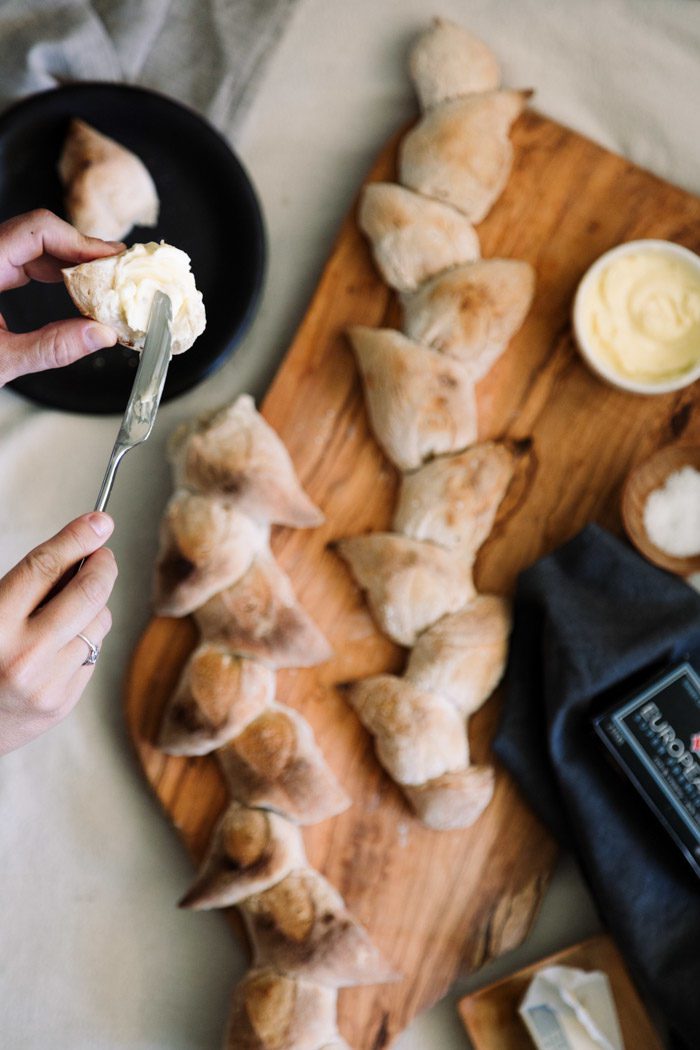
I must have listened to Aron explain the science of bread-making two dozen times. In one night.
When we were in college, he developed a lesson on it as part of his application to teach MCAT prep courses. I served as his test-audience as he rehearsed the details, trying to explain the specifics in just a few minutes. My reward was freshly baked bread with a lightly browned, caramelized crust—crisp and chewy at the same time—served with a scandalous amount of butter. I think I fell in love all over again.
This particular combination of simple ingredients is a little bit magical, isn’t it? There’s no perfume as lovely as the aroma of bread baking in the oven. There’s a story that a young American chef, visiting Paris and being awoken to the merits of artisan bread, once said: “It’s like hearing music that you like for the first time.”
And the beauty of it: you must eat it immediately, or else it will go to waste—doomed to mold. Or stale. You must share it.
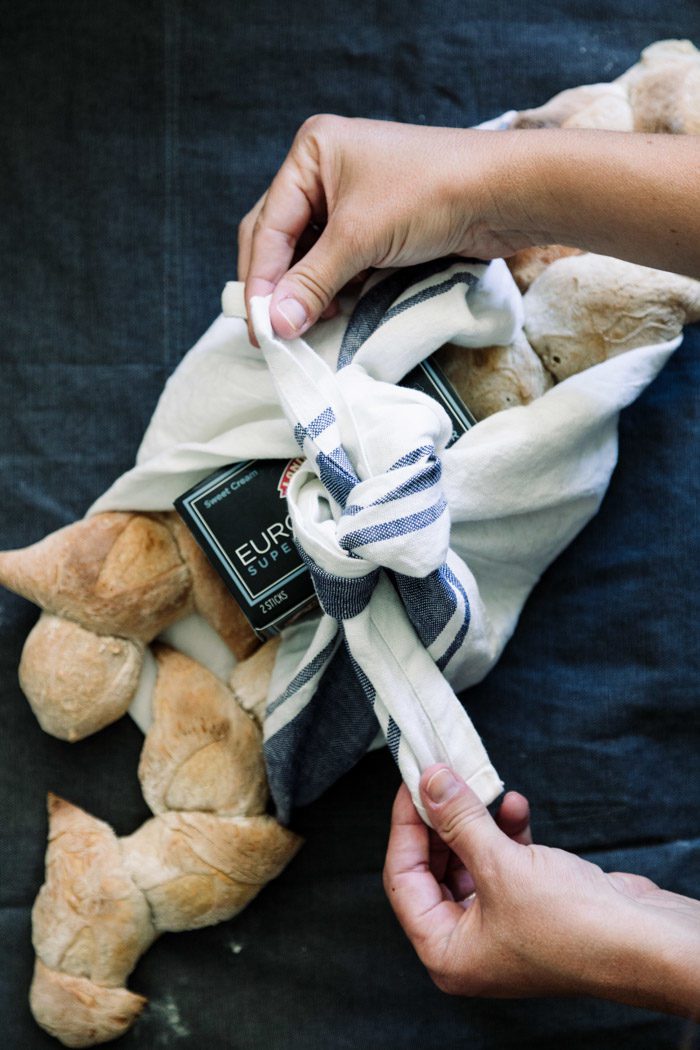
It’s one of the kindest gestures you can extend, really: a loaf of fresh, homemade bread and a slab of rich, creamy Land O’Lakes European-style butter.
Invite a new friend over, wrap up a fresh loaf in a towel for a new parent or a neighbor in need of company, or bring it to bake at her house, so that she can enjoy the aroma. Make it with your child to celebrate after a soccer game.
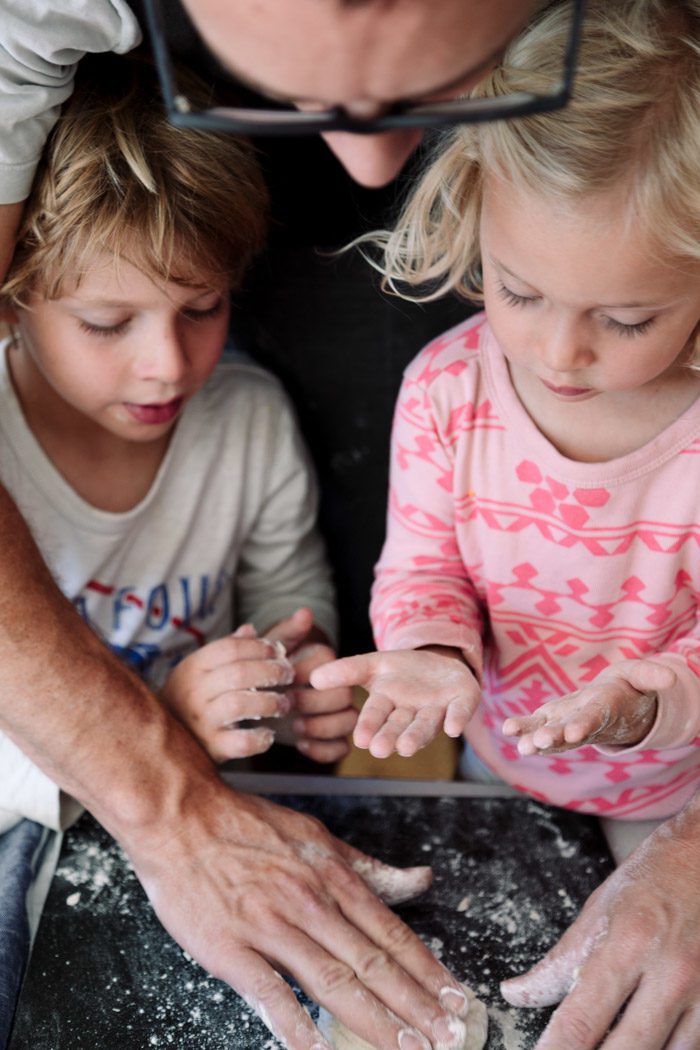
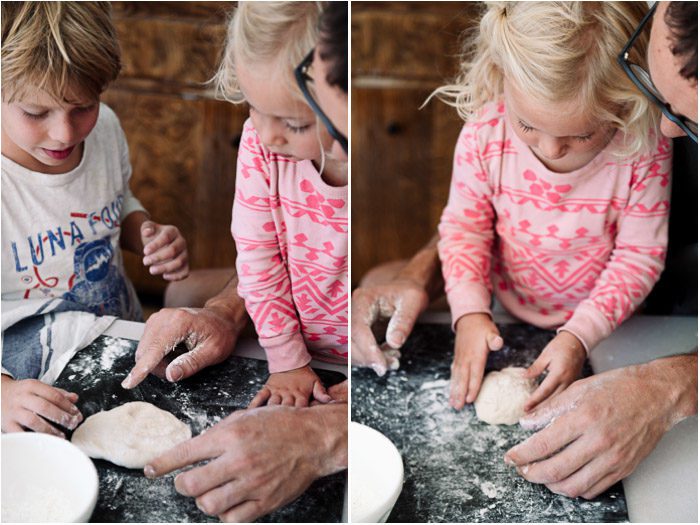
If Aron’s lesson convinced me of just one thing about making bread, it would be how little effort it takes to get big results. I’ll let him explain…
Breadmaking 101
It’s really quite beautiful, the science of it. Breadmaking is microbiology and biochemistry we can see in our everyday lives—you can even use local yeasts (think San Francisco Sourdough) if you get really into it—and it has an ancient history.
Living yeast, when fed sugar, produces carbon dioxide and alcohol as part of fermentation. Essentially, this means little organisms are making gas—and that’s why you see little bubbles. At the same time, the protein in flour, gluten, produces long, tangled protein webs that have elastic properties. As you knead the bread you are making more of these webs and can actually feel the biochemistry. And this is just skimming the surface of all that is going on when you make bread.
Have fun with it. Take pride in making something so satisfying with your own hands—then bring on the butter.

You’ll need:
STARTER
1/2 cup warm water
1/2 teaspoon active dry yeast
1 cup Unbleached Bread Flour
DOUGH
1 teaspoon active dry yeast
1 cup water
all of the starter
3 1/2 cups Unbleached Bread Flour
2 teaspoons salt
To serve:
BUTTER
Land O’Lakes® European Style Super Premium Butter. This one has a creamier texture and richer flavor. It’s made with fresh sweet cream and churned with a higher milk fat content—and spreads beautifully.
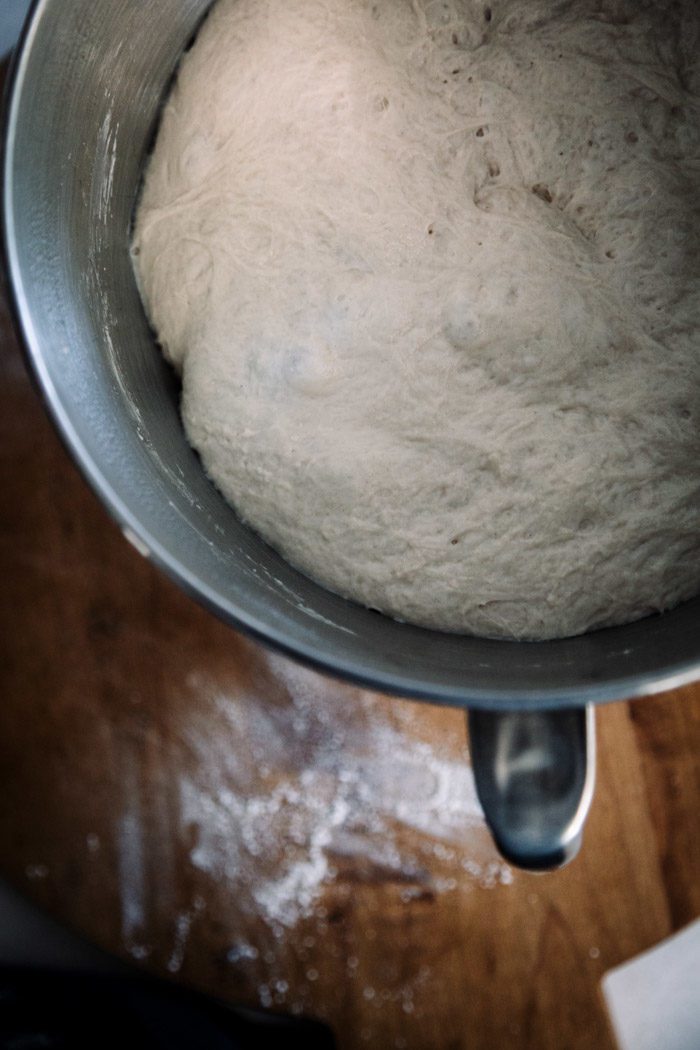
STARTER: Mix the starter ingredients. Cover and let rise overnight or all day—this adds wonderful yeasty flavors.
DOUGH: Next, in a separate bowl, combine the yeast and water; let it sit for five minutes. Add the starter mix, flour, and salt and knead for five minutes. You can use a food processor or other stand-mixer if you don’t want to do it by hand.
Set the dough in an oiled bowel for 2-3 hours to rise. Punch it down and let it rise again for another hour or two.

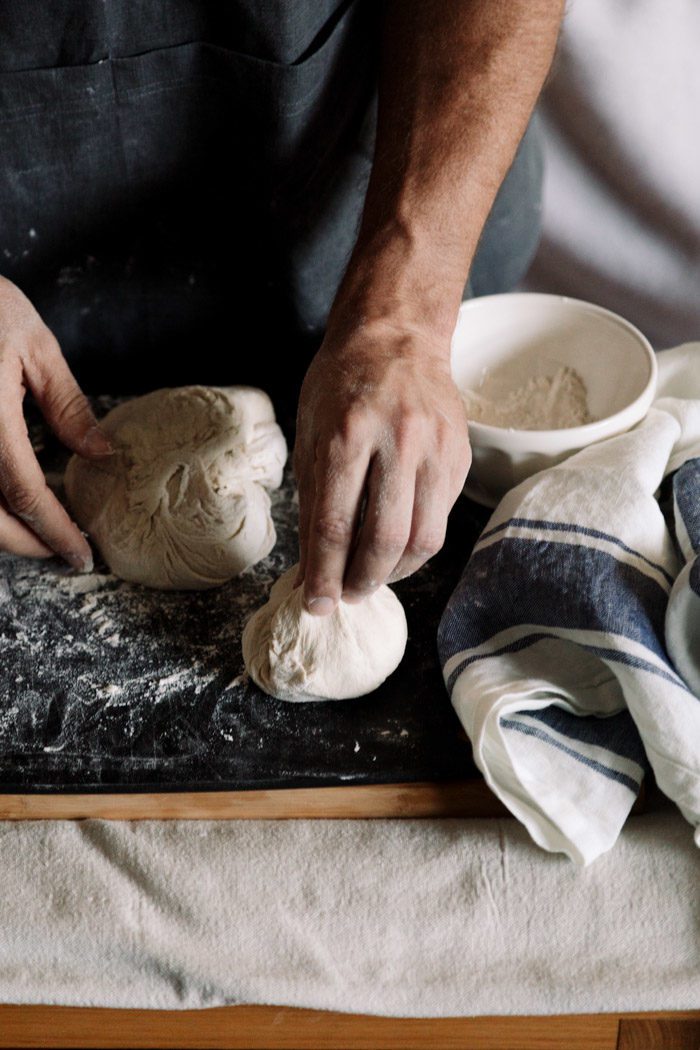
On a well-floured, clean surface, divide the dough into two or three pieces, and shape each into a long oval. If the dough gets too elastic, pause to let it rest for a few minutes before resuming. Try to avoid overworking the dough with flour.
Once your oval is about a foot long, fold it in half lengthwise, and seal it with your fingers by pinching a seam along the fold.
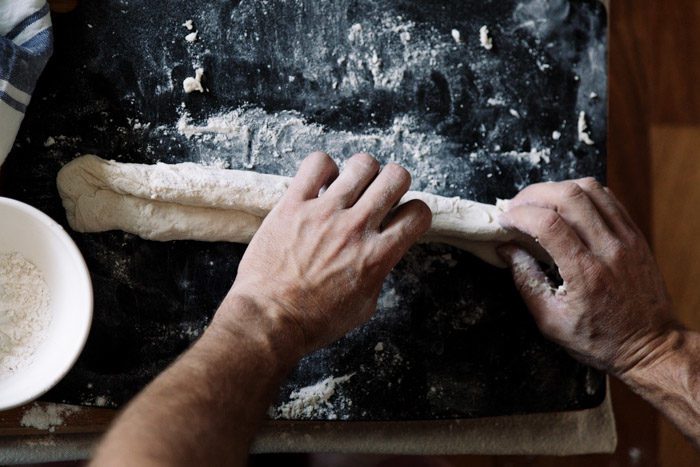
Place the seam-side down on a lightly greased pan and cover with a lightly greased plastic wrap. Let each baguette rise for another 1-1/2 hours.
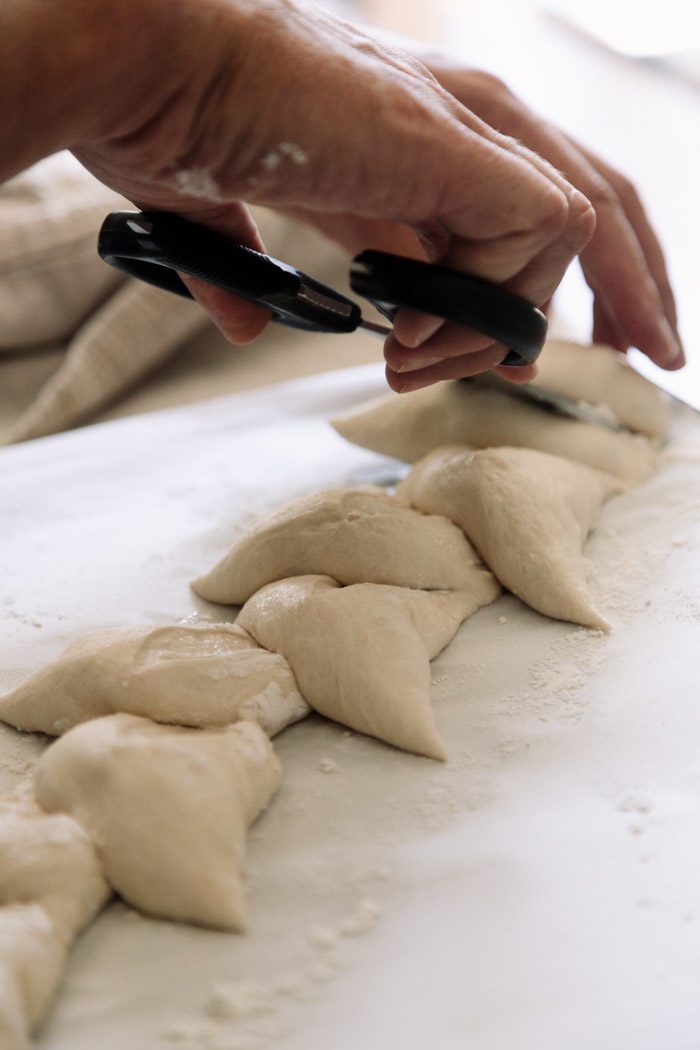
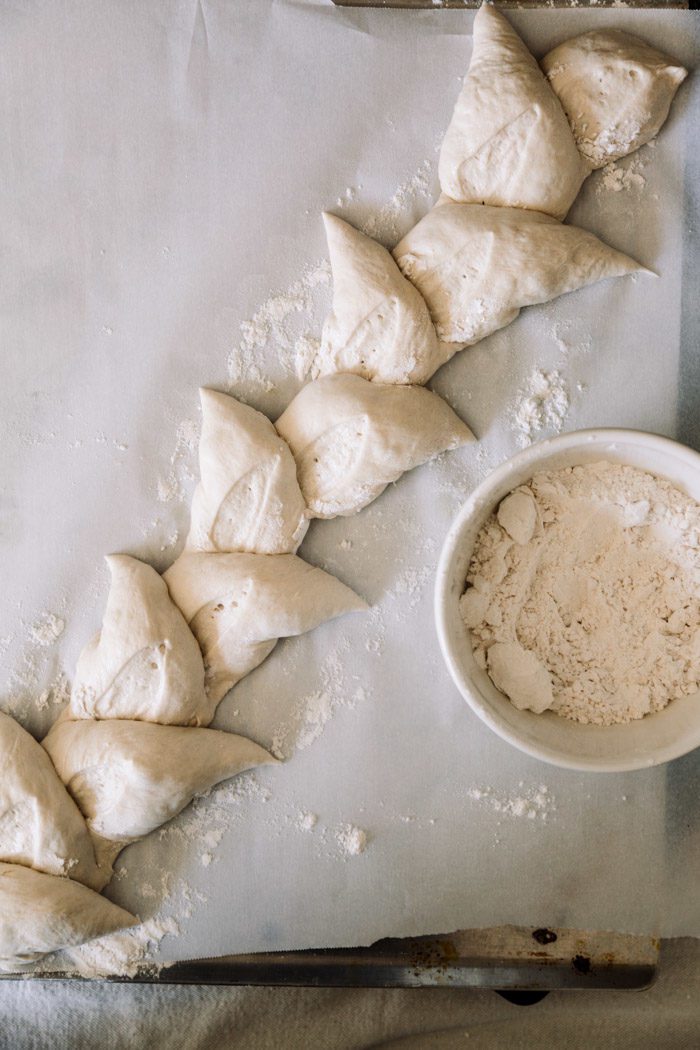
Preheat the oven to 450F.
To create an “ears of wheat” pattern, hold a pair of kitchen shears at about a 30-degree angle from the counter, and cut into the loaf about 3/4 of the way through the dough, displacing the segment to the side. Move up 2-3 inches and displace the next segment to the opposite side. Continue displacing each segment to the other side as you work down the length.
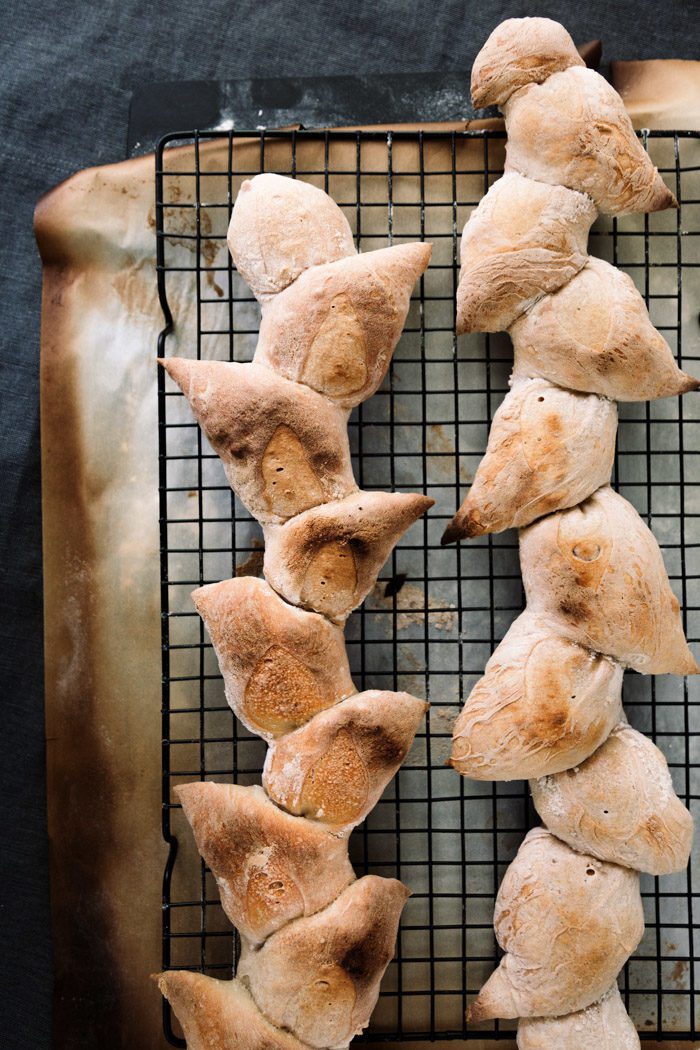
Don’t worry if it’s not perfect the first time: the entire breadmaking process is very forgiving!
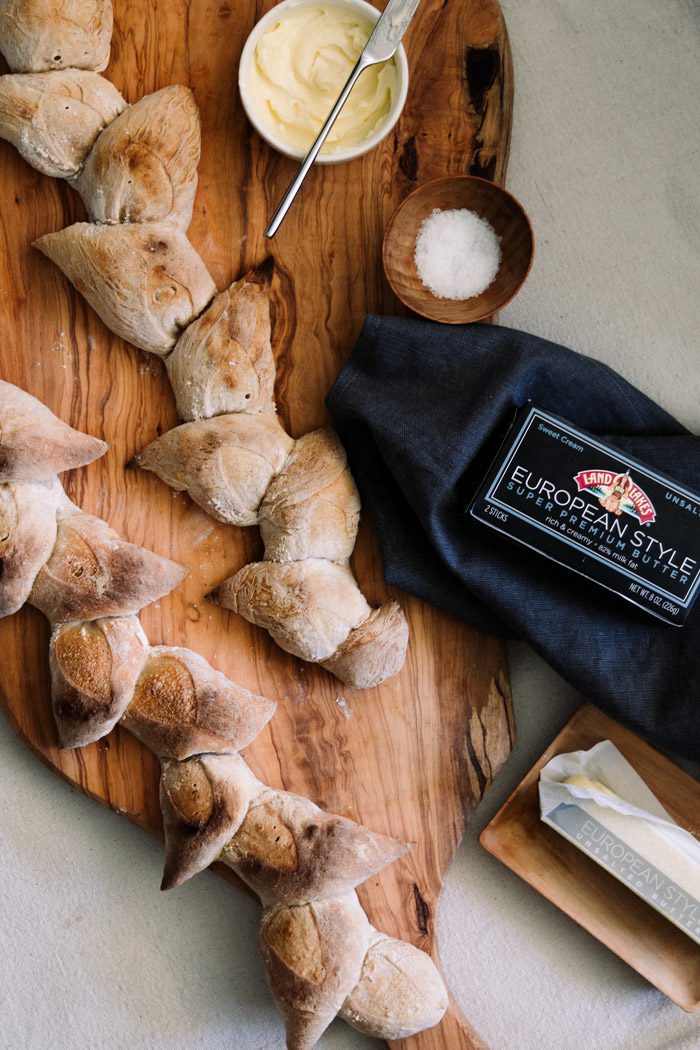
Add butter and share.
P.S. Etiquette for helping out with a meal train. And thank you, Aron!
Good is easy if you just start small. A little can change it all. Learn more from Land O Lakes®
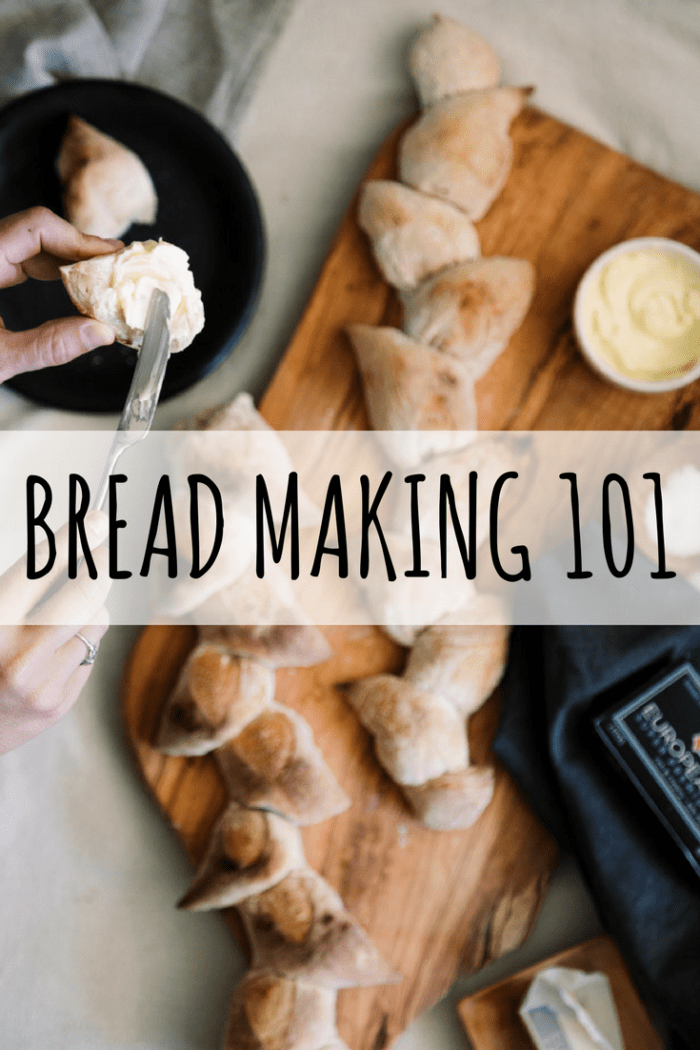


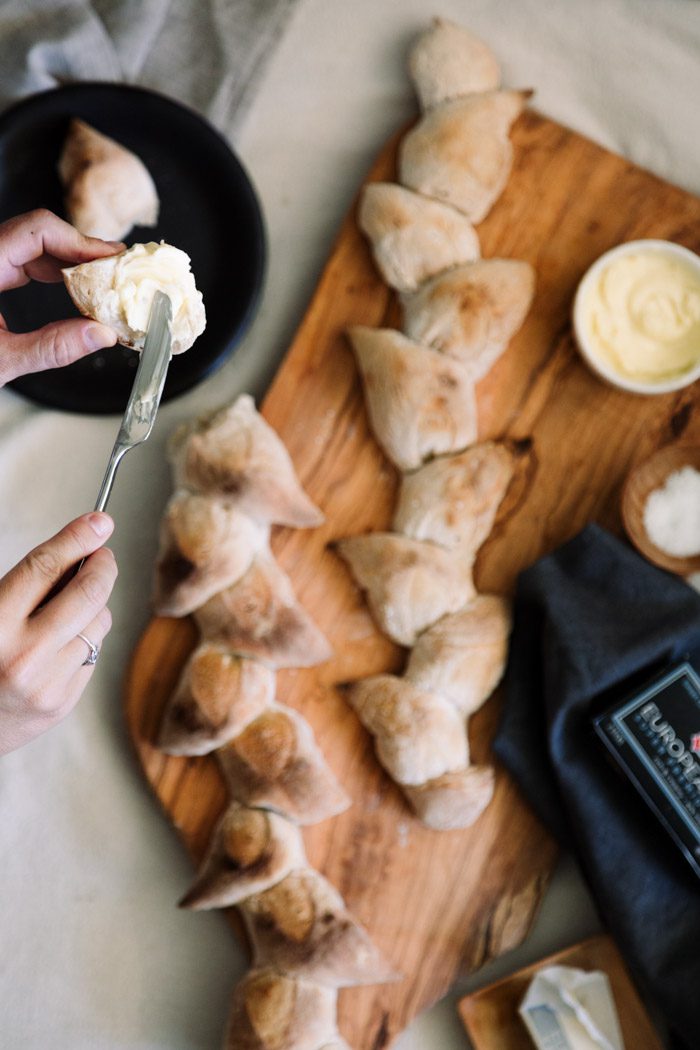

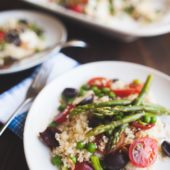
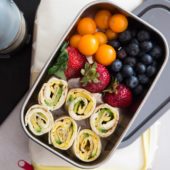














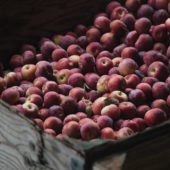


















5 Comments